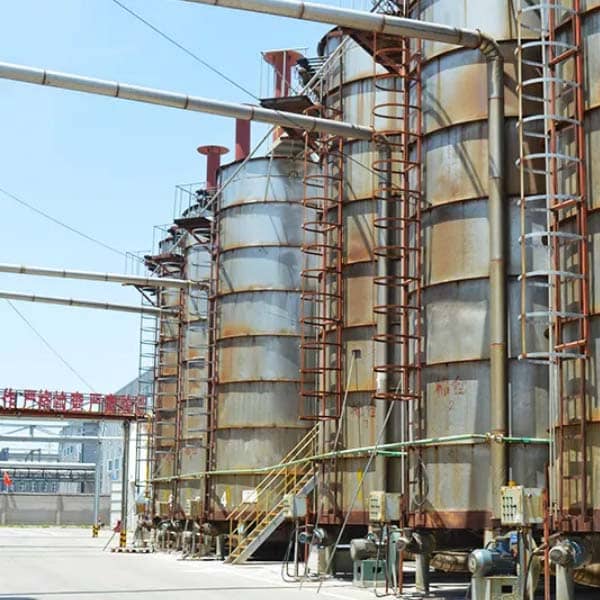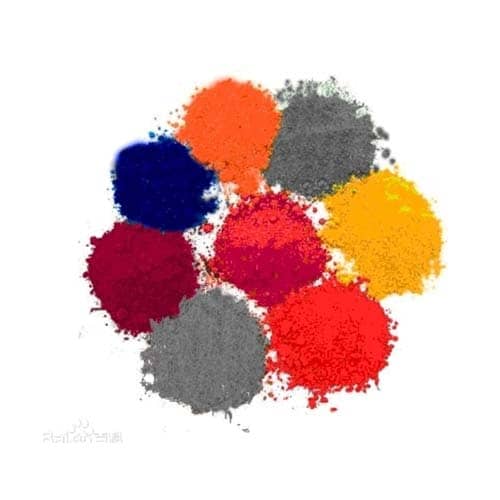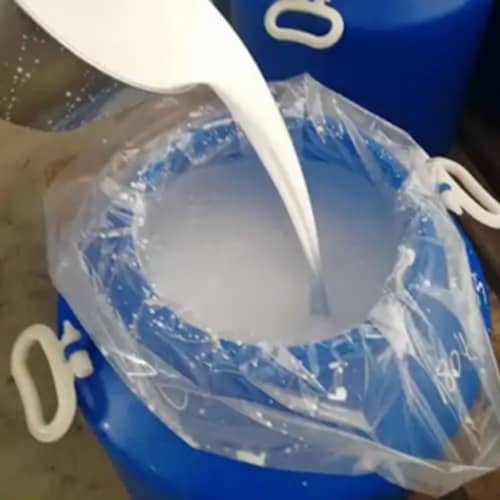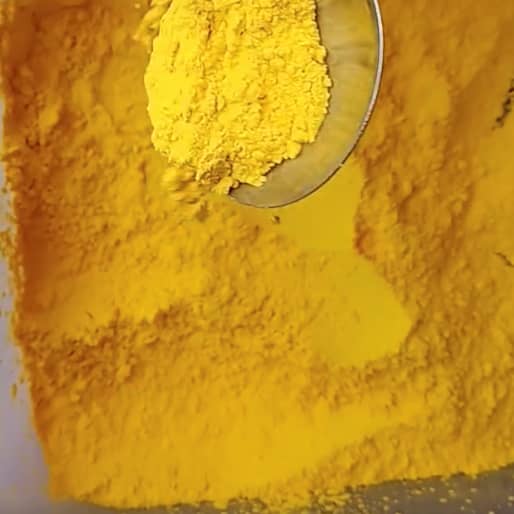Polyethylene Resin factory
Polyethylene (PE for short) is a thermoplastic resin produced by the polymerization reaction of ethylene monomer. In industry, it also includes copolymers of ethylene and a small amount of α-olefins. Polyethylene is odorless, non-toxic, feels like wax, and has excellent low-temperature resistance (the lowest operating temperature can reach -100~-70°C).
It has good chemical stability because the polymer molecules are connected through carbon-carbon single bonds and can resist the erosion of most acids and alkalis (not resistant to acids with oxidizing properties). It is insoluble in general solvents at room temperature, has low water absorption and excellent electrical insulation properties.
Polyethylene resin factory:Classification
Depending on the polymerization method, molecular weight, and chain structure, polyethylene can be divided into high-density polyethylene (HDPE), low-density polyethylene (LDPE), linear low-density polyethylene (LLDPE), and ultra-high molecular weight polyethylene (UHMWPE).
Polyethylene resin factory: HDPE has some characteristics
Properties of HDPE: natural color, cylindrical or oblate particles, smooth particles, particle size should be 2~5 mm in any direction, no mechanical impurities, thermoplastic. The powder is white powder, and qualified products are allowed to be slightly yellow. It is insoluble in general solvents at room temperature, but can swell when exposed to aliphatic hydrocarbons, aromatic hydrocarbons and halogenated hydrocarbons for a long time, and it is slightly soluble in toluene and amyl acetate above 70°C. Oxidation occurs when heated in the air and affected by sunlight. Resistant to most acid and alkali corrosion. It has low water absorption, maintains flexibility at low temperatures, and has high electrical insulation properties.
Polyethylene resin factory : Performance
1.General characteristics
It is a non-toxic, odorless white powder or granule with a milky white appearance and a waxy feel. It has a low water absorption rate of less than 0.01%. Its films are transparent and decrease with increasing crystallinity. Its film has low water permeability but high air permeability, so it is not suitable for fresh-keeping packaging but suitable for moisture-proof packaging. It is flammable, with an oxygen index of 17.4. It has low smoke when burning, with a small amount of molten dripping. The upper part of the flame is yellow and the lower part is blue, and there is a paraffin smell.
It has better water resistance. The surface of the product is non-polar and difficult to bond and print. It has been improved by surface treatment. It has many branched chains, which makes it poor in resistance to photodegradation and oxidation.
The molecular weight of is in the range of 10,000 to 100,000, and those with a molecular weight exceeding 100,000 are ultra-high molecular weight . The higher the molecular weight, the better the physical and mechanical properties, and the closer they are to the requirements of engineering materials.
However, the higher the molecular weight, the more difficult it is to process. The melting point of polyethylene is 100~130℃, and its low temperature resistance is excellent. It can still maintain good mechanical properties at -60°C and can be used at a temperature of 80~110°C.It is insoluble in any known solvent at room temperature and can be soluble in a small amount in toluene, amyl acetate, trichlorethylene and other solvents above 70℃.
2.chemical properties
It has good chemical stability and can withstand dilute nitric acid, dilute sulfuric acid and any concentration of hydrochloric acid, hydrofluoric acid, phosphoric acid, formic acid, ammonia, amines, hydrogen peroxide, sodium hydroxide, potassium hydroxide and other solutions at room temperature. However, it is not resistant to corrosion by strong oxidizing acids, such as fuming sulfuric acid, concentrated nitric acid, chromic acid and sulfuric acid mixtures, which will slowly corrode pe at room temperature.
At 90~100℃, concentrated sulfuric acid and concentrated nitric acid will quickly corrode polyethylene, causing it to be damaged or decomposed. It is prone to photo-oxidation, thermal oxidation, ozone decomposition, and degradation under the action of ultraviolet rays. Carbon black has an excellent light-shielding effect on it. Reactions such as cross-linking, chain scission, and formation of unsaturated groups may also occur after exposure to radiation.
3.Mechanical properties
The mechanical properties of polyethylene are average, with low tensile strength, poor creep resistance, and good impact resistance. It is mainly affected by density, crystallinity and relative molecular mass. As these indicators increase, its mechanical properties increase. The environmental stress cracking resistance is not good, but it improves when the relative molecular weight increases. It has good puncture resistance, among which LLDPE is the best.
4.Environmental characteristics
It is an alkane inert polymer with good chemical stability. It is resistant to corrosion by acids, alkalis, and salt aqueous solutions at room temperature, but is not resistant to strong oxidants such as fuming sulfuric acid, concentrated nitric acid, and chromic acid. It is insoluble in general solvents below 60°C, but will swell or crack in long-term contact with aliphatic hydrocarbons, aromatic hydrocarbons, halogenated hydrocarbons, etc.
When the temperature exceeds 70°C, it can be soluble in a small amount in toluene, amyl acetate, trichlorethylene, turpentine, mineral oil and paraffin. Since the pe molecule contains a small amount of double bonds and ether bonds, sunlight and rain will cause aging, and antioxidants and light stabilizers need to be added to improve it.
Polyethylene resin factory : The difference between HDPE and PE
1.Overview
Hdpe and pe are common plastic products, which are obtained by polymerization of ethylene monomer. Although they are both called “polyethylene”, there are obvious differences in structure, properties, etc.
2.Difference
Although polyethylene resin and PE are both polymerized from ethylene monomer, they have obvious differences in structure and properties. First, the molecular weight of polyethylene resin is much larger than that of polyethylene. Secondly, polyethylene resin has a higher viscosity than polyethylene and has a correspondingly higher density due to its larger molecular weight. Polyethylene has a smaller molecular weight, so its melting point is also lower.
3.Summarize
HDPE and PE are two different materials with obvious differences in molecular structure and properties. Polyethylene resin has high viscosity and high molecular weight and is usually used to make high-performance materials; while PE has a small molecular weight and low melting point and is usually used to make low-cost packaging materials and other daily necessities. Understanding these differences is important for selecting appropriate materials as well as for material processing and design.
Polyethylene resin factory : Industry applications
Polyethylene resin is a thermoplastic plastic that is widely used in the manufacture of furniture, building materials, electronic products, auto parts, special industry tools, etc. It has excellent performance and wear resistance and is a multi-purpose material.
- PE film: PE film has greater air permeability. And with the increase of density. Its breathability is reduced. PE film is moisture-proof and has low moisture permeability. Depending on the manufacturing methods and control methods, PE can produce products with different properties such as low-density, medium-density, high-density polyethylene, ultra-high-density pe and cross-linked pe. LDPE overall More than half of production is blown into film. This film has good transparency and certain tensile strength. It is widely used as packaging materials for various foods, medicines, fertilizers, industrial products and agricultural films. It can also be processed into composite film by extrusion method for packaging heavy objects.
- PE hollow products:It has higher strength and is suitable for hollow products. Containers such as bottles, barrels, cans, and troughs can be made by blow molding. Or use casting method to make large containers such as tanker tanks and storage tanks. Molding hollow products is a variety of polyethylene resin used in order to facilitate the molding of hollow products and ensure the quality of the products. Selection of raw materials for PE hollow products. Attention should be paid to the influence of resins with different densities and different melt flow rates on the properties of hollow products. pe molded hollow products, the most commonly used ones are low density pe, high density pe, high molecular weight high density pe and linear LDPE molded hollow products. Mainly molding small and medium-sized LDPE containers.
- Polyethylene pipes and sheets: The extrusion method can produce pipes. High-density polyethylene pipes have higher strength and are suitable for underground laying. The extruded board can be processed secondaryly or high-density polyethylene can be made into low-foam plastics by foam extrusion and foam injection methods. Countertops and building materials
- Pe fiber: It is called ethylene fiber in my country and generally uses low-pressure polyethylene as raw material. Spun into synthetic fibers. Ethylene is mainly used to produce fishing nets and ropes, or spun into short fibers and used as wadding. It can also be used in industrial acid and alkali-resistant fabrics. Currently, ultra-high-strength pe fibers (strength up to 3 to 4 GPa) have been developed. Can be used as a bulletproof vest. Composites for automotive and offshore operations.
- The strength and elongation of polyethylene fiber are close to those of pe; the moisture absorption capacity is similar to that of it. The moisture regain rate is 0 under normal atmospheric conditions, and it has relatively stable chemical properties. Has good chemical resistance and corrosion resistance: poor heat resistance. However, it has better resistance to moisture and heat. Its melting point is 110~120°C, which is lower than other fibers. Its resistance to melt holes is very poor: it has good electrical insulation. It has poor light resistance and is prone to aging under light exposure. Ethylene fiber is relatively low-priced and is suitable for making bristle filaments, flat filaments or film-split fibers, and is used to make ropes, filter cloths, packaging cloths, etc.
- Pe sundries: Sundries produced by injection molding include daily sundries, artificial flowers, turnover boxes, small containers, bicycle and tractor parts, etc. High-density pe is used when manufacturing structural parts.
As an professional polyethylene resin factory, Jinan Hongquan Titanium Industry Co., Ltd is located in Jinan, a beautiful spring city. The company’s scientific research personnel sincerely cooperate with well-known domestic universities and various professional polyethylene resin production enterprises to study and produce active Hydroxyethylcellulose with great concentration. Some of its products have been widely used in chemical, textile, paper, plastic, paint and other production fields.






